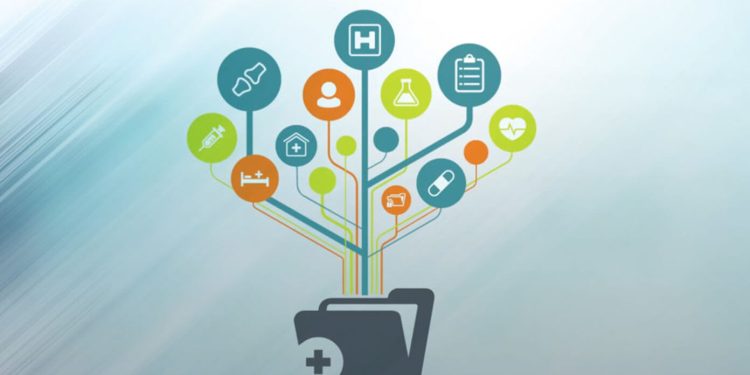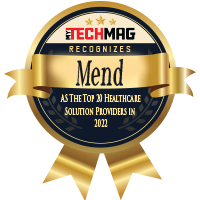Health Information Exchange (HIE) has been pivotal in improving the cost-effectiveness, efficiency, quality, and safety of healthcare delivery.
Before the introduction of the Health Information Exchanges, sharing of patient medical record data typically happened via mail, phone, or fax, which added layers of complexity and room for errors during the process.
Health Information Exchange Systems solved these problems by allowing healthcare providers to access and share patient medical record data securely and electronically so that it is available when and where clinicians and other key stakeholders need it.
Health Information Exchange is a common term among healthcare workers today, but many are stepping into the world of HIE for the first time. This guide provides the basic overview of the Health Information Exchange, its origin, and its evolution in healthcare.
What is Health Information Exchange, and who runs it?
A Health Information Exchange is a software that enables the exchange of patients’ medical information using industry-accepted standards.
- HIEs are run by both state governments and private companies
- Some HIEs are set up to exchange information within a state, while others can exchange information across several states.
- There can also be multiple Health Information Exchanges within one state.
With the help of Health Information Exchange Software, healthcare workers can share clinical information electronically while being HIPAA compliant.
The entities who use and submit data to an HIE may include:
- Public Health Agencies
- Hospitals and Clinics
- Laboratories
- Long-term care facilities
How is the information exchanged by Health Information Exchange?
Health information can be exchanged in a few different ways using Health Information Exchange, depending on their capabilities and the providers’ ability to send and receive information.
Two basic methods of exchange used by HIEs are:
- Query-based (also known as a “pull”)
- Directed (also known as a “push”)
Pull
In this type of Information Exchange system, the provider logs into the HIE and queries the HIE, asking for a patient’s information.
For example, suppose a patient is taken to an emergency room. In that case, the doctor can use Health Information Exchange to look up whether that patient has some existing health issues or suffering from allergies. This is referred to as a data “pull.”
Push
In this type of Information Exchange system, the provider feeds health information about the patient to the HIE.
For example, this type of information exchange occurs when one provider refers a patient to another provider. Provider 1 can send the patient’s health information to provider 2 securely via the HIE.
This type of information exchange also takes place when a person is immunized.
That data is updated in the patient record and accessed by other providers via the Health Information Exchange.
This is referred to as a data “push.”
The Benefits of HIEs in Healthcare
HIEs have been linked to several benefits in healthcare, which include – utilization, health care costs, and coordination of care. Despite that, HIEs vary greatly in their organization, services, and geographic coverage.
The Strategic Health Information Exchange Collaborative (SHIEC) is a national collaborative representing HIEs. It has 60 members who collectively cover more than 200 million people across the US.
The Origin of HIEs
The regional health information organizations (RHIOs), also known as Regional Health Information Exchanges, were the places of origin of today’s HIEs. These RHIOs were typically nonprofit and connected providers using different EHR systems through a central exchange.
Below is a brief timeline of the United States efforts around health information exchange:
1929
John and George Hartford, the owners of the A&P grocery chain, create – The Hartford Foundation.
1990
Community Health Information Management System (CHMIS) was formed by the Hartford Foundation to build a centralized data repository in seven communities.
Unfortunately, those communities didn’t have the technology, security, and laws around privacy to make it work. However, this was the first organized attempt at sharing public health data.
1990 – 2004
Electronic health record technology is developed, and its adoption increases. This development leads to the creation of The Office of the National Coordinator for Health Information Technology (ONC) – an HHS agency responsible for regulating the US health IT framework.
2004 – Present
Standards for the exchange of data are developed, which evolve with time.
Efforts are made to find centralized ways to coordinate data sharing, resulting in private and state-run HIEs.
Policy changes are introduced around health records during this time with the 2009 American Recovery & Reinvestment Act (ARRA).
HIE- A work in progress
HIE has been around for quite some time now, but it is still a work-in-progress.
Although it is an important prerequisite for a modern health care system, most HIEs are still in their early developmental stage. To achieve the maximum benefits, HIEs need further maturation, which will involve more innovations and the evolution of technology.
Thus, HIE will continue to be a work in progress and will be the top priority of countries that have invested in EHRs.







